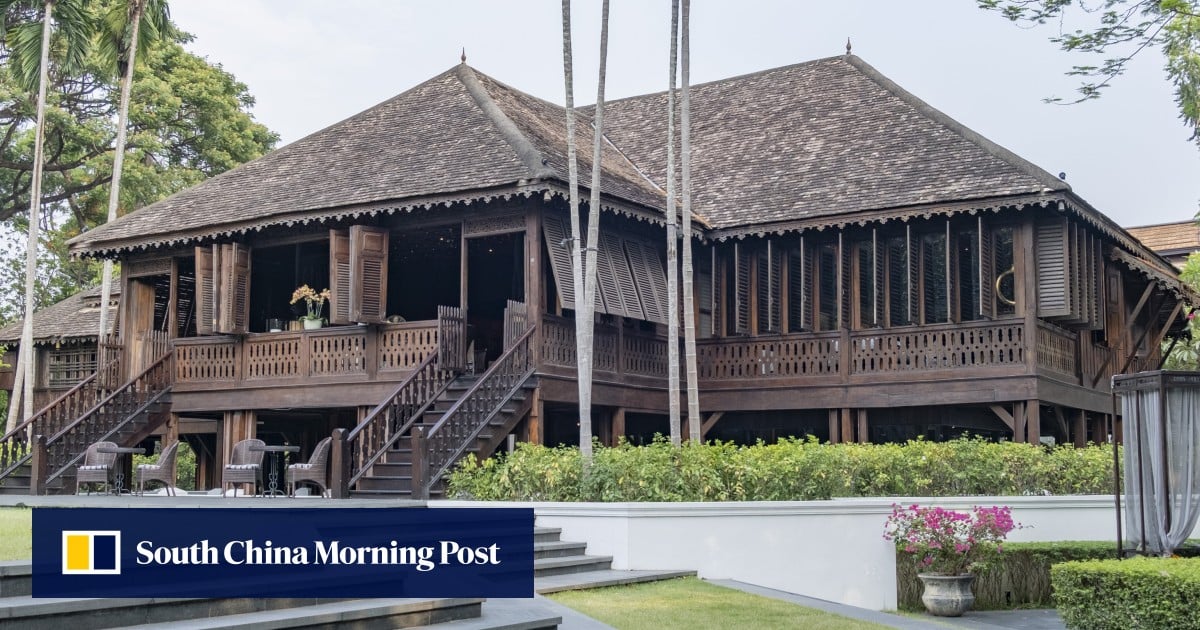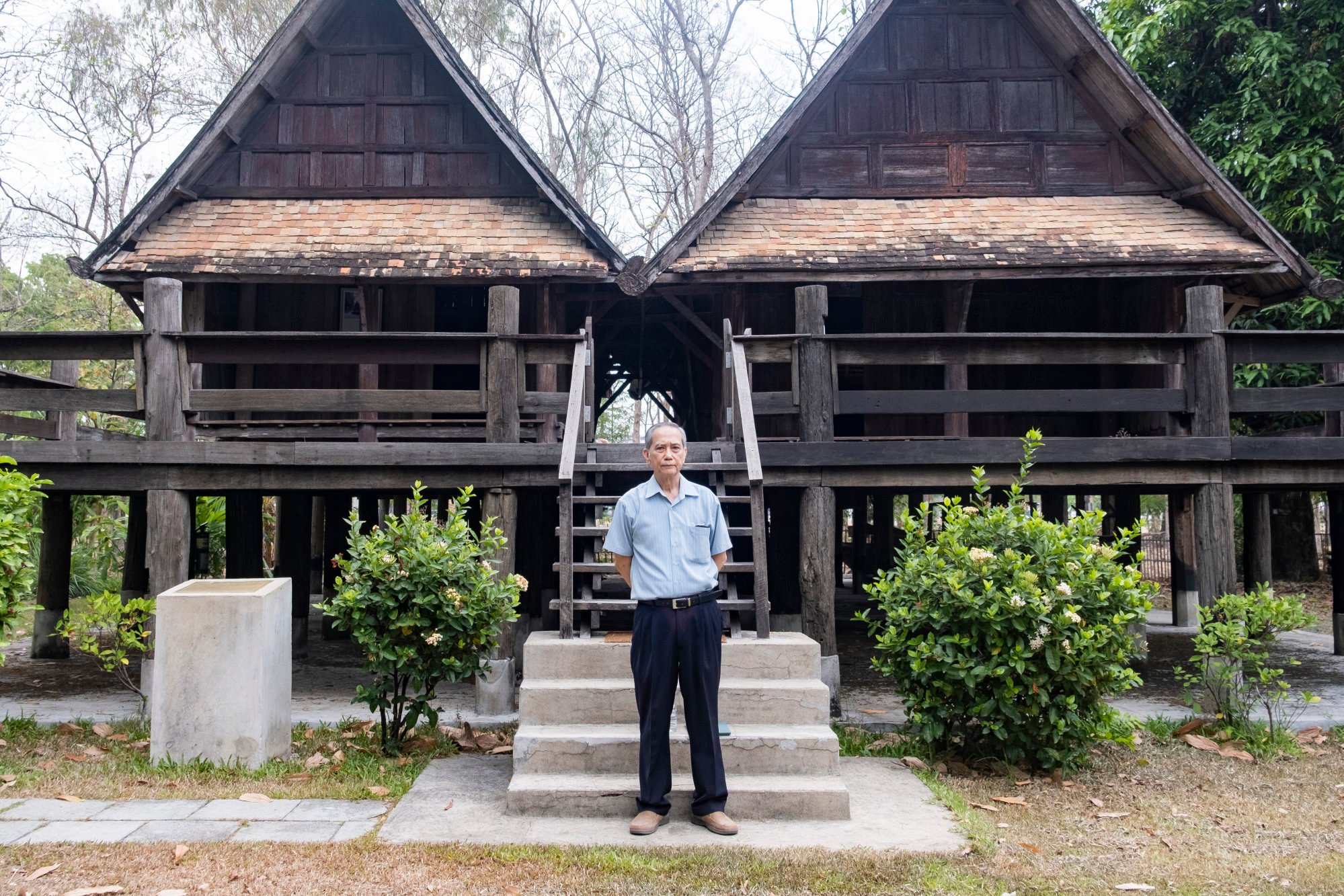
At one time, the country would have been filled with such buildings. Today, these relocated specimens serve as a reminder of the abundant teak forests that once covered these lands.
“The Burmese were the first to come here, having depleted teak reserves on the western side of the Salween River,” says Kittichai Wattananikorn, a retired professor and local author, who has offered to show me some of the sights.
Later came the British, he tells me, who would lease forest concessions from the Lanna chiefs, or Chao Luangs.
Beside the Lanna Traditional House Museum is the home of Arthur Queripel, Chiang Mai district manager of the Bombay Burmah Trading Corporation, a British logging firm. The colonial-style house now serves as a museum to the trade. On the wall are black-and-white photos of Burmese mahouts riding working elephants.
Several companies jostled for dominance of the teak trade, as Kittichai explains, but it was the British Borneo Company and Bombay Burmah that won the lion’s share of the concessions.
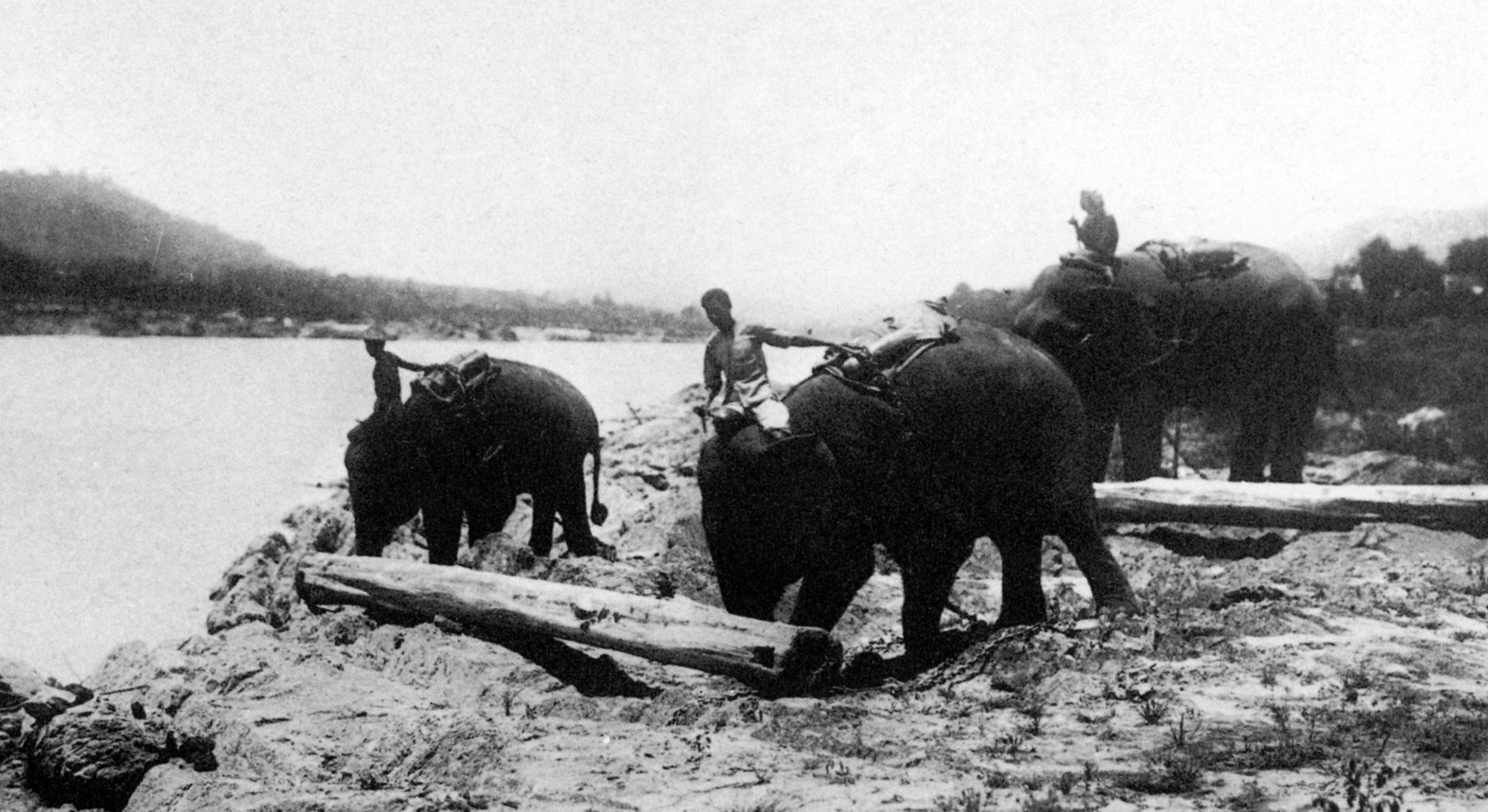
At its peak, in the early 20th century, some 70,000 tonnes of teak were exported annually – to Europe and the United States, primarily, but also Japan and China – equating to around 100,000 felled trees per year.
The British Borneo Company established its Chiang Mai office in the Wat Ket area of the city, close to the Ping River. Built on stilts in the Lanna fashion, this restored teak building is now the centrepiece of 137 Pillars House – named after the number of pillars that support the building.
“The actual number is less than 137,” says Tanyawan Sinsaduak, the hotel’s director of group sales and events. “Part of the original building had to be replaced, as it was badly decayed.”
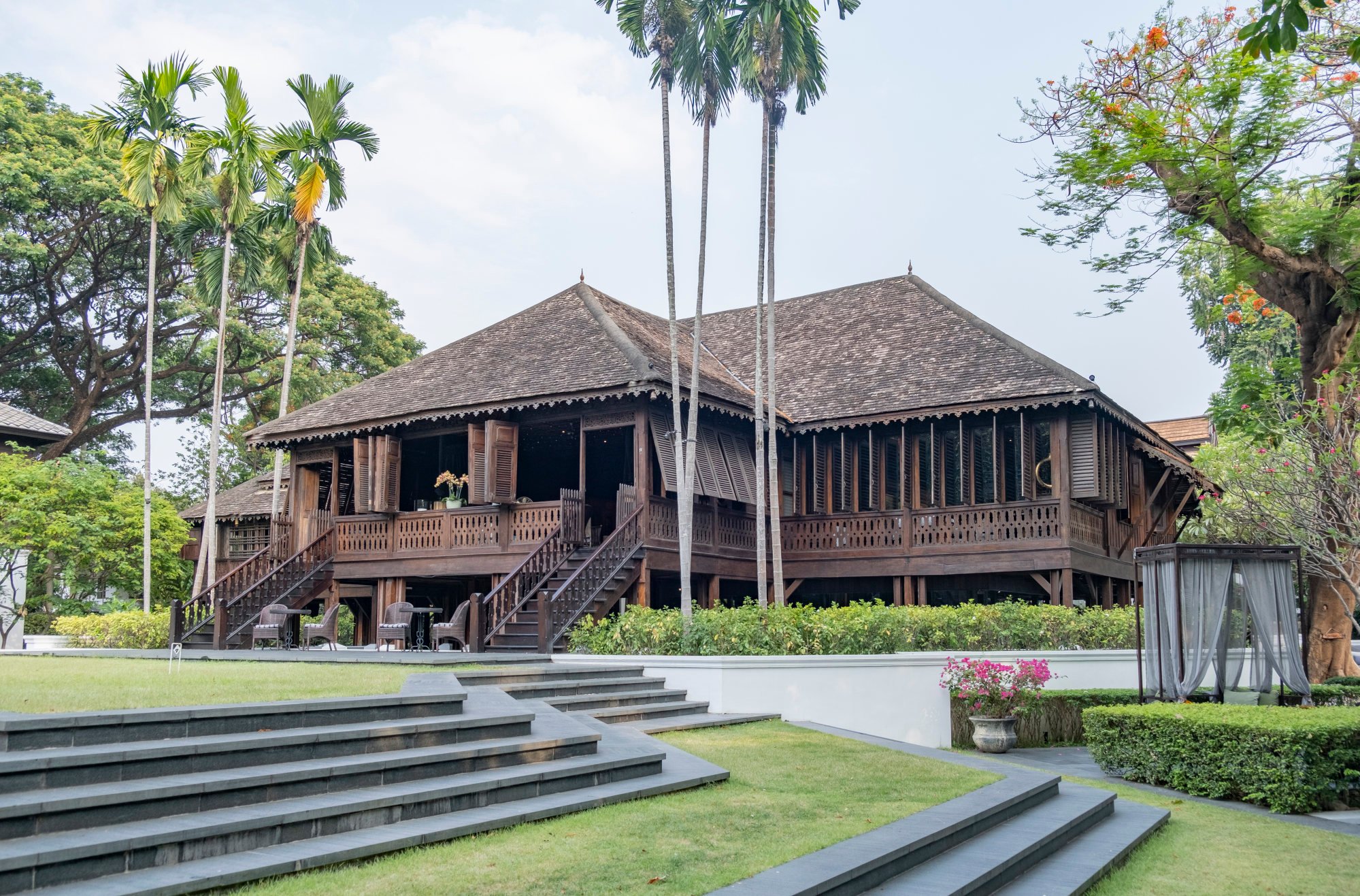
Until they sold it, the property belonged to the Bain family, descendants of William Bain (1882-1958), the Scottish manager of the British Borneo Company in Chiang Mai.
“His grandchildren own a restaurant [the Hinlay Curry House] next door,” says Tanyawan.
As with the Bombay Burmah Trading Corporation, British Borneo employed Burmese migrant workers drawn from the Shan, Khmu and Mon ethnic groups. They were watched over by a number of European foresters, or “teak wallahs”.
Kittichai’s British grandfather, William Dibb, was one such teak wallah.
Dibb, like other men of his profession, would oversee the girdling of trees, a process in which the trunk is axed around its circumference, causing it to dry out. It would later be felled and transported by elephant to the riverbank, to be floated downstream to the sawmills of Bangkok – a process that could take several years from start to finish.
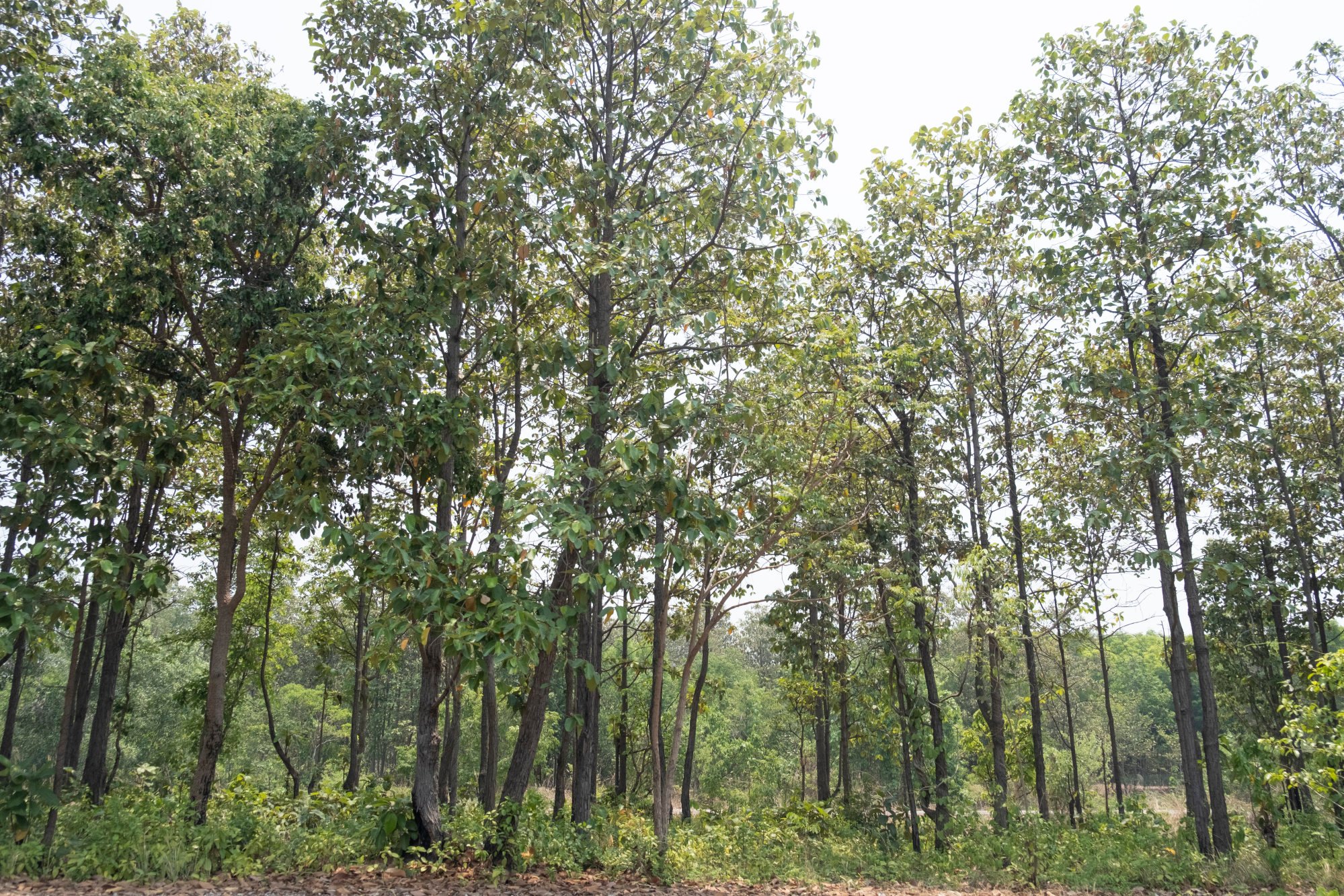
A hundred years ago, the rivers of northern Thailand would have been chock-full of teak logs during the wet season, which Kittichai, in his book British Teak Wallahs in Northern Thailand from 1876-1956 (2020), likens to a giant serpent swimming downriver.
The life of a forester was equal parts loneliness and danger. Disease was common, as was attack by wild animals. Some foresters were shot dead by bandits; others chose to end their own lives, overcome by the isolation. Many took local wives, some of whom were abandoned when their husbands eventually returned home.
For distraction, the foresters established facilities such as the Gymkhana Club, founded in 1898, and the Lakon Sports Club, in Lampang – “British for the British”, as Kittichai describes them.
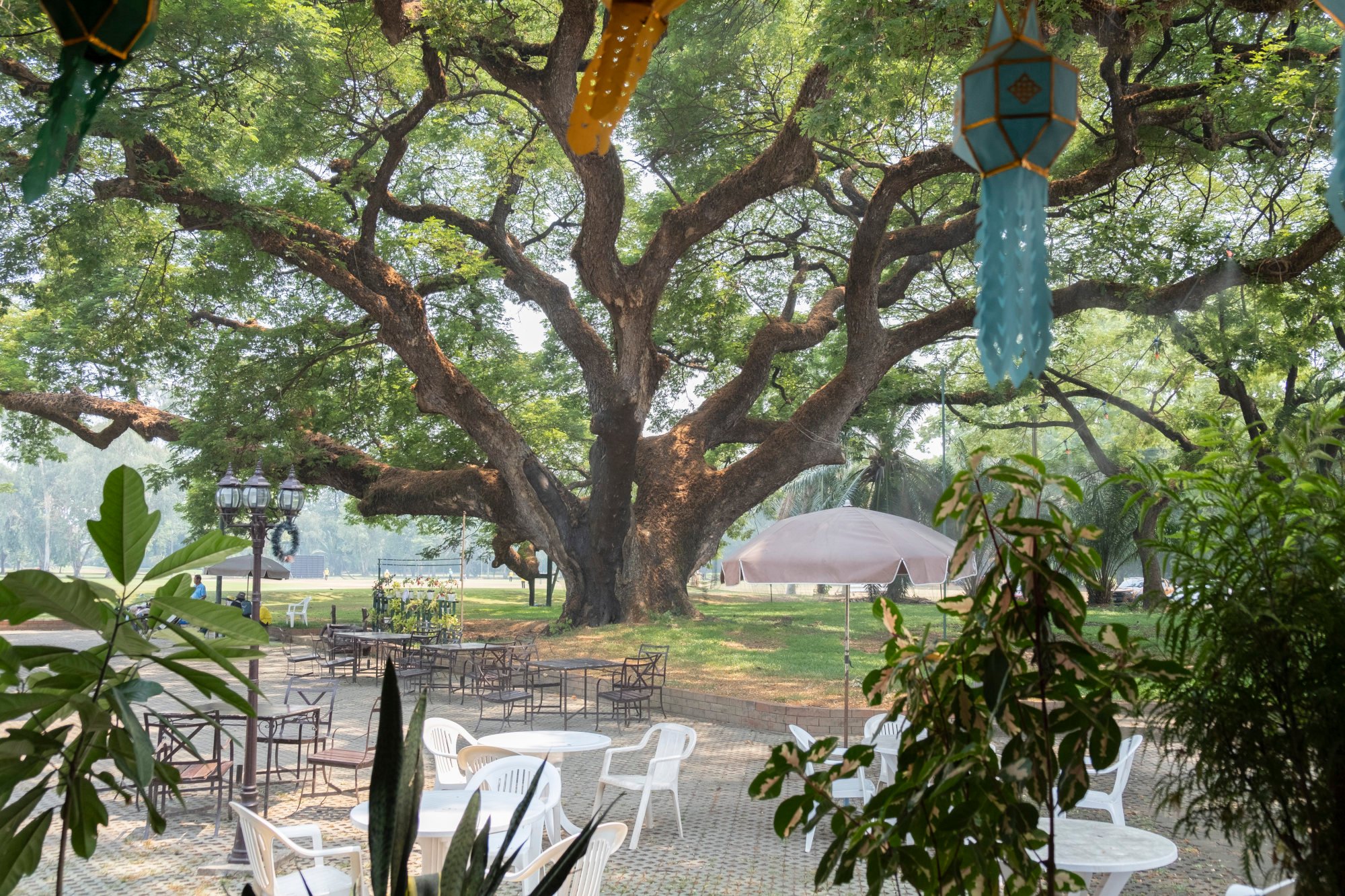
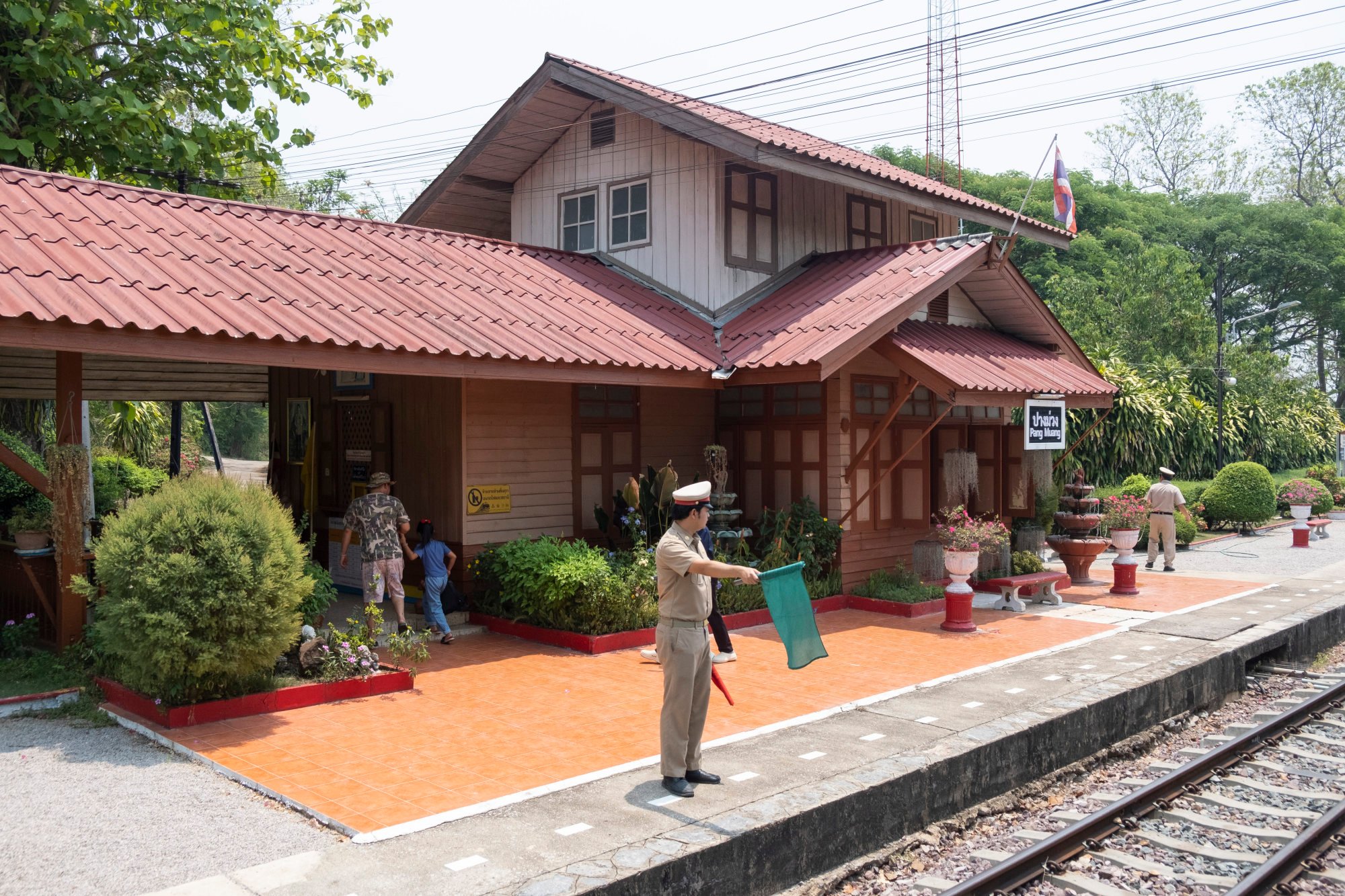
The Gymkhana Club now functions as one of Chiang Mai’s 12 golf clubs, and, happily, its veranda is open to all, even non-members.
Chiang Mai was one of several semi-independent states active in the teak trade. Another was neighbouring Lampang, which can be reached by a short train ride from Chiang Mai.
The route passes small wooden stations and occasional stands of teak, as well as evidence of recent forest fires (it is the dry season, after all).
A likeable town known for its horse-drawn carriages, Lampang has a distinctly Burmese feel to it. Large numbers of Shan and Burmese workers settled here, building houses and temples.
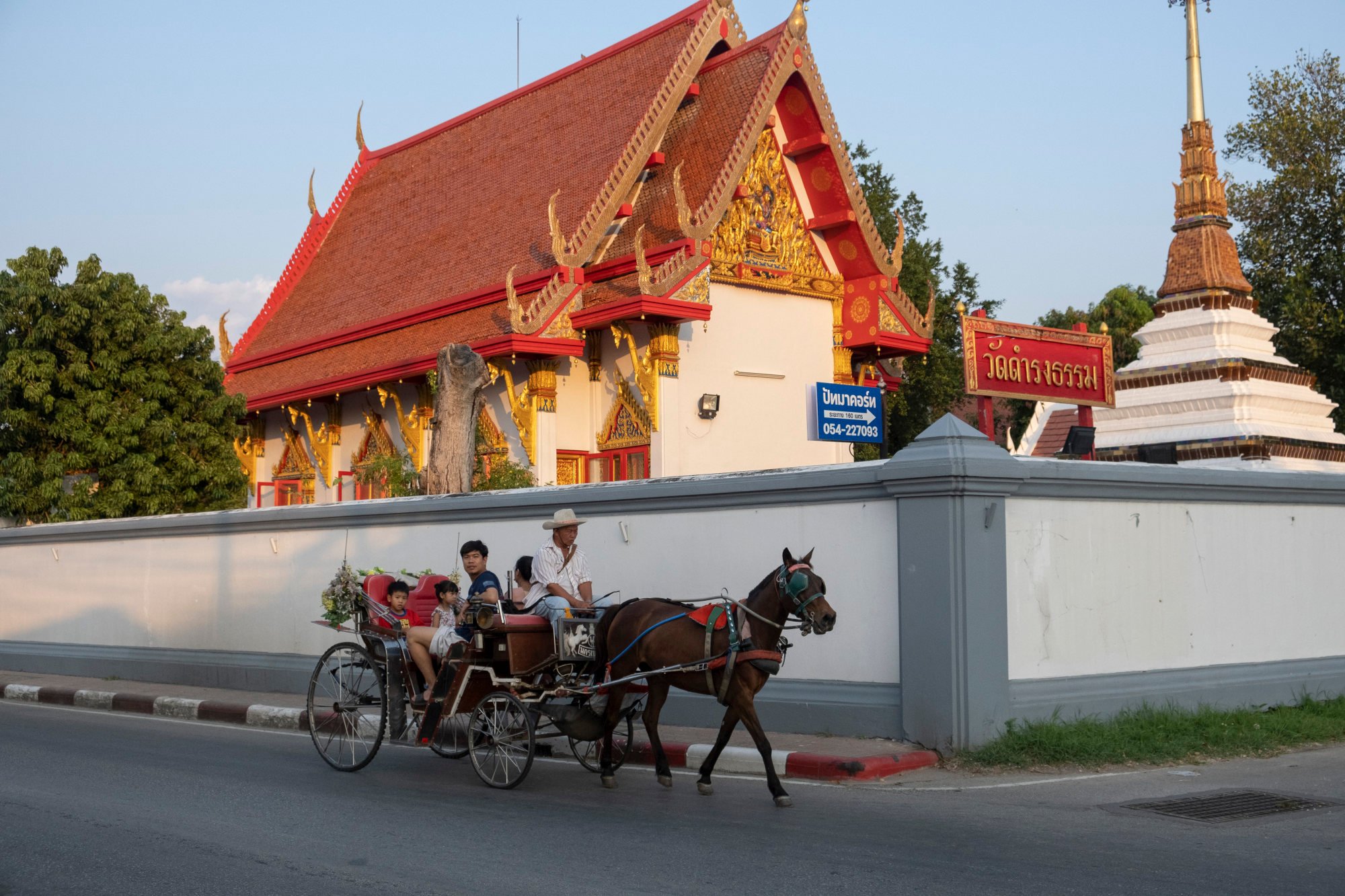
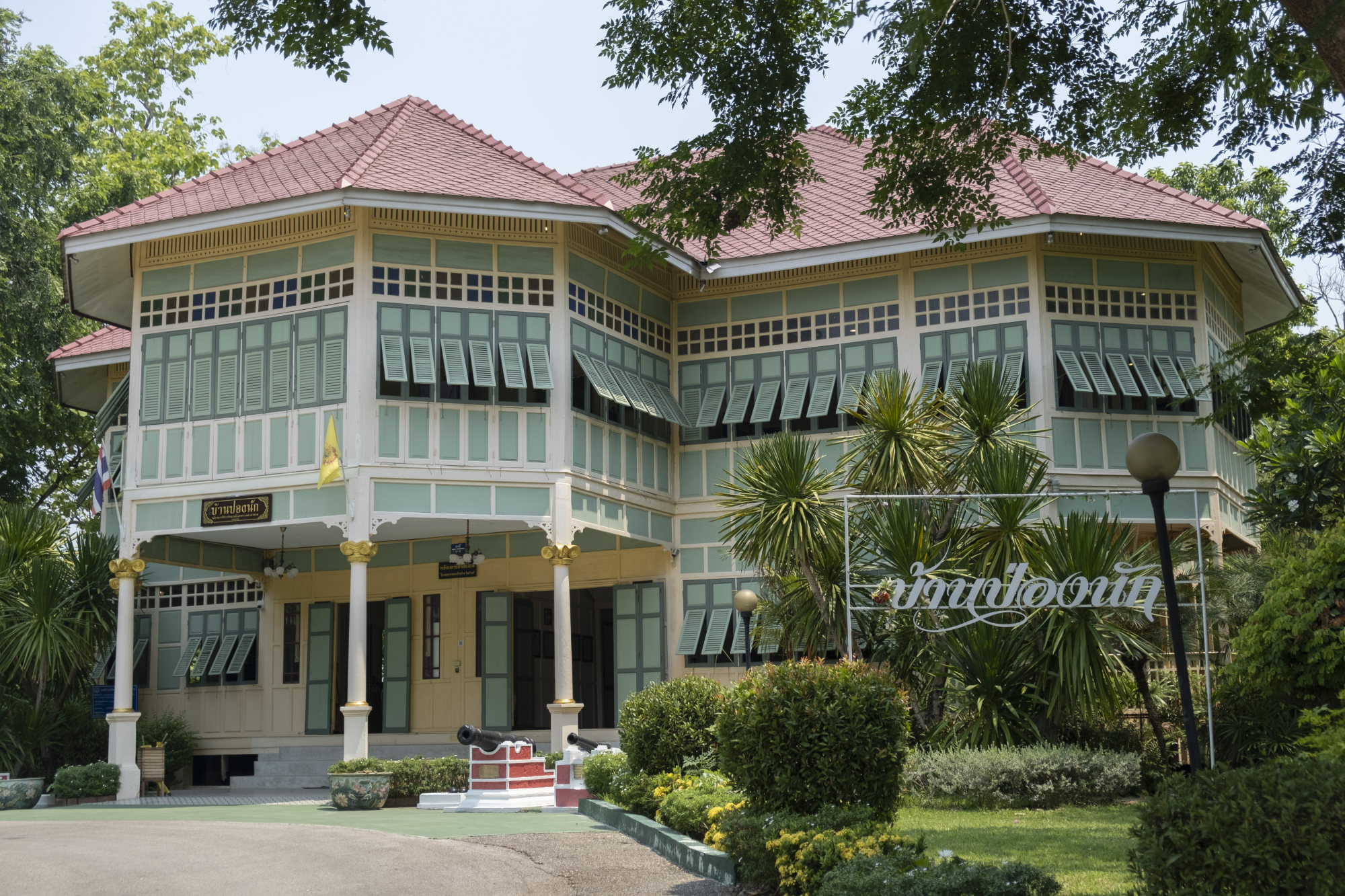
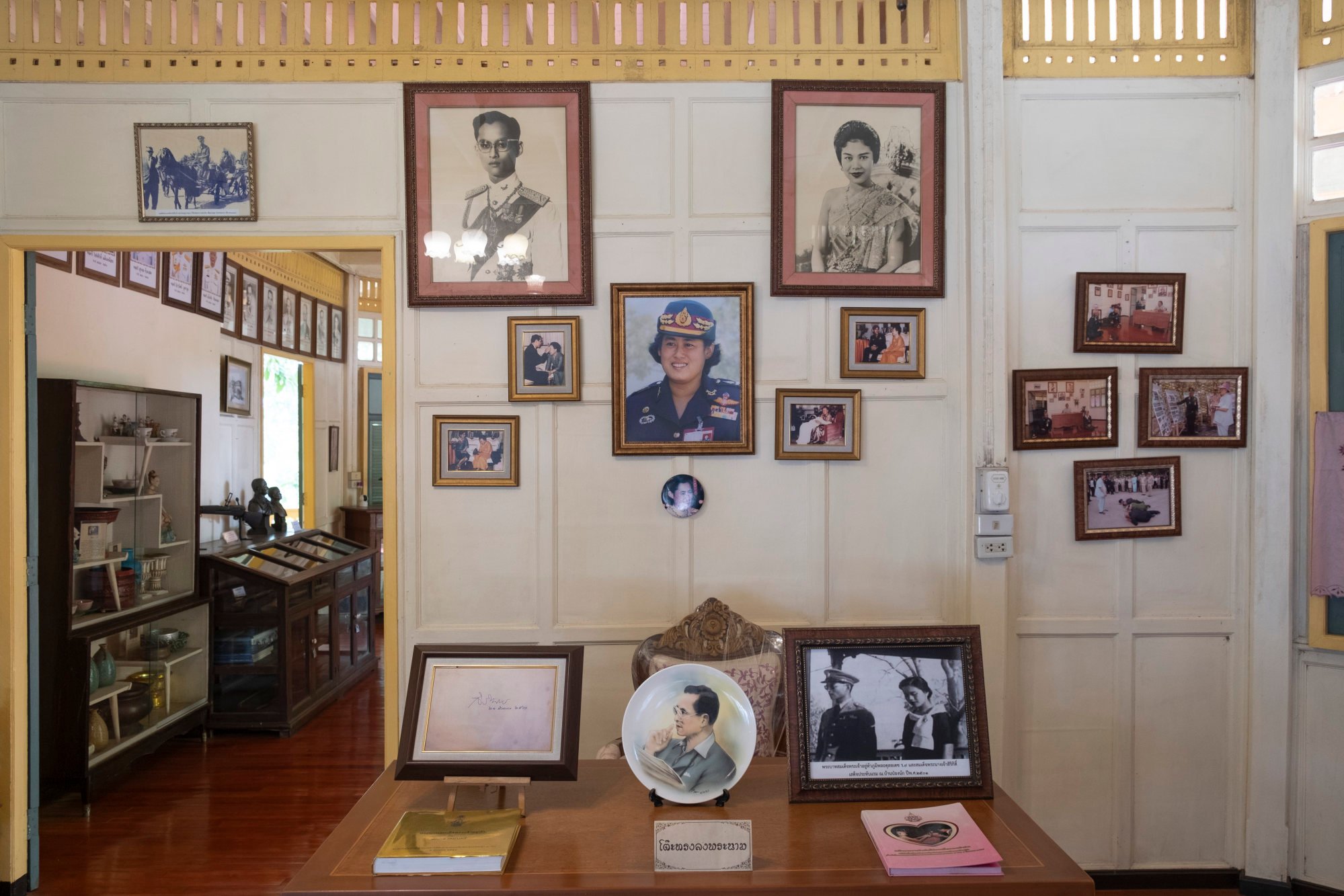
The former home of Moung Ngwe Zin, a timber merchant who emigrated from Moulmein to Lampang, is in the town’s main market street, Talad Gao, beside other Burmese- and Chinese-built shophouses.
Now a cafe, the 1908 building mixes Sino-Portuguese and Burmese influences, according to its current owner, Noppharat Suwannadath, Moung’s great-grandson.
Another landmark is the Louis Leonowens House.
Leonowens was the son of Anna Leonowens, teacher to the children of Siamese King Mongkut and whose experiences were fictionalised for the 1951 hit musical The King and I.
At various times, Louis represented the British Borneo Company in Chiang Mai and the Bombay Burmah Trading Corporation in Lampang, before using his royal connections to branch out on his own.
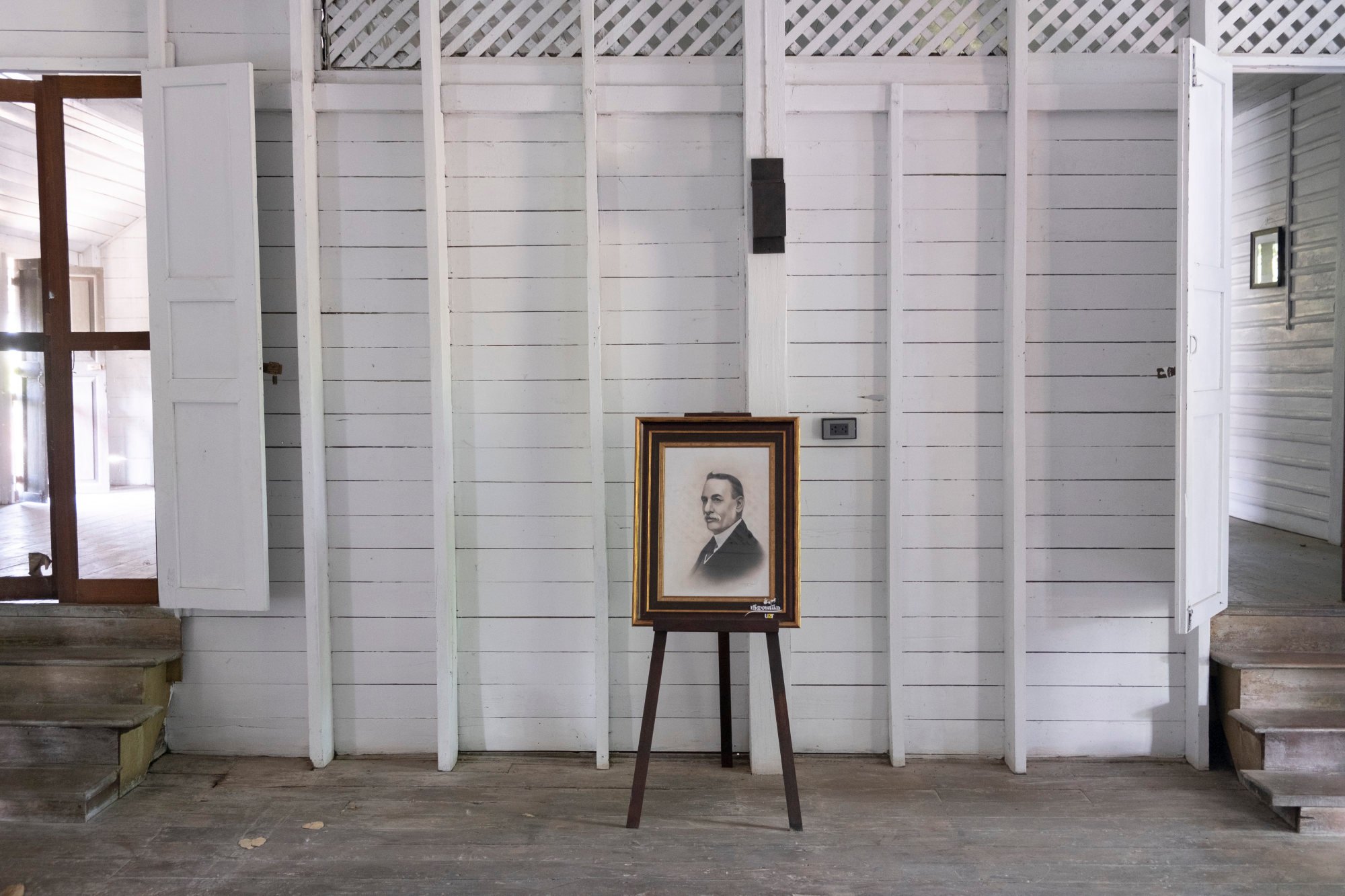
Known locally as Baan Louis (“baan” means “house” in Thai), the Louis Leonowens House was restored in 2021 by Thailand’s Fine Arts Department and now functions as a museum, although a fairly underwhelming one.
Unlike some of his mother’s somewhat doubtful tales, Louis’ life was filled with genuine incident – he even took part in the defence of Lampang during a Shan uprising in 1902.
As the teak trade expanded in the late 19th century, the Siamese government, under King Rama V, who reigned from 1868 to 1910, looked on nervously.
As Kittichai tells it, “The Chao Luangs would sometimes sell the same concession to different people. The government of Siam worried that any dispute might be used as a pretext by the British to send in the Red Coats [army], as they had previously done in upper Burma.”
Of additional consideration were the vast profits accrued from the trade. This led to various ploys to exert Siamese authority in the region, including the establishment of local forestry offices to oversee logging operations.
The original office buildings in Chiang Mai and Lampang – teak structures with gabled roofs; the Chiang Mai location still has the original loading bay for elephants – remain, although these days Thailand’s Royal Forestry Department is responsible for conserving, rather than exploiting, forest reserves.
Because of increasing Siamese control, and anger at a new, centralised taxation system, the Shan population rebelled in 1902. The rebels captured Phrae and killed the Siamese commissioner.
An hour from Lampang by train, Phrae is noticeably quieter these days.
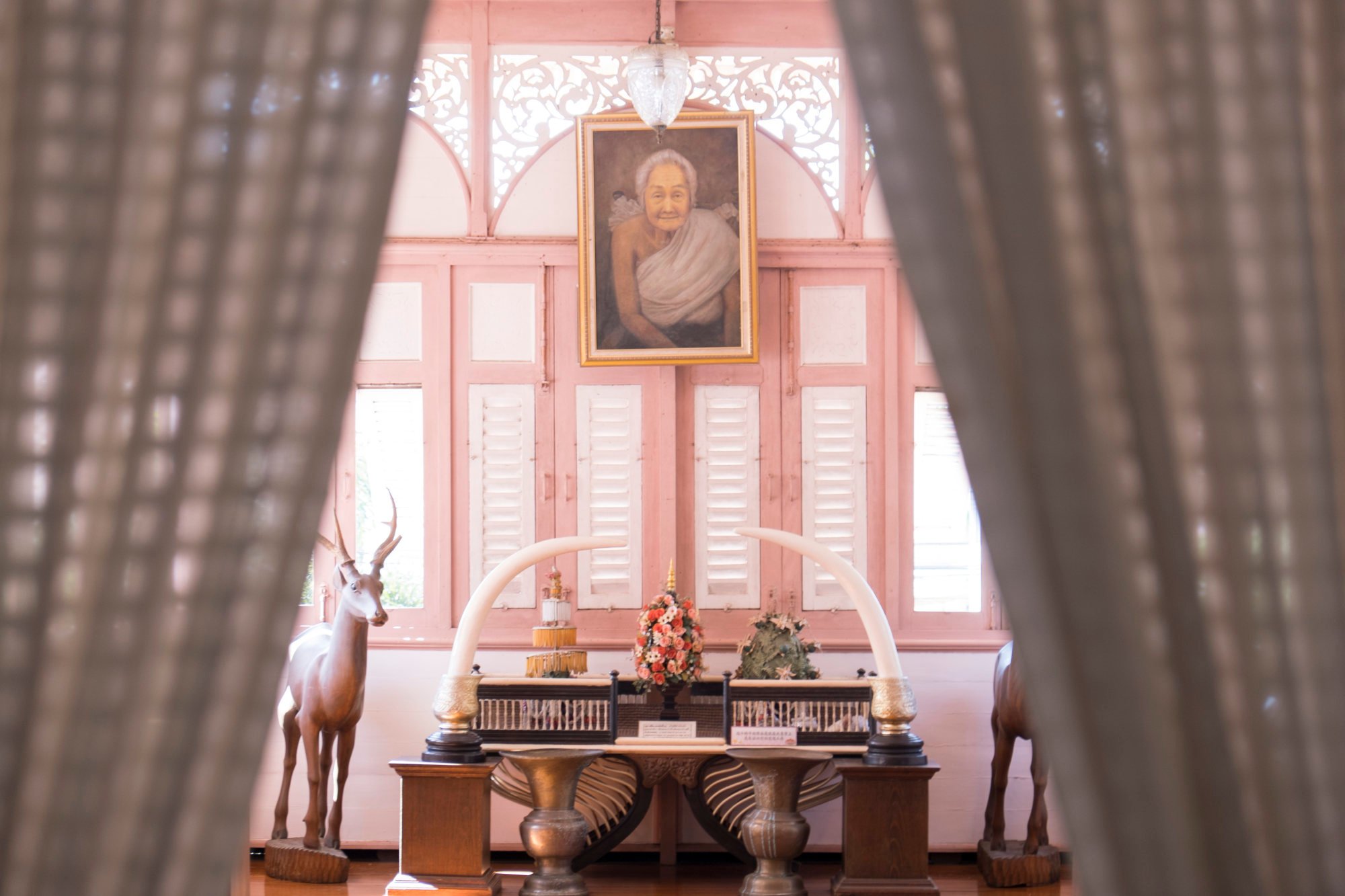
A counterforce from Bangkok put an end to the uprising, and the Chao Luang of Phrae, in cahoots with the rebels, fled to Laos. The rebellion amounted to a last stand before the semi-independent Lanna states were fully integrated into the Kingdom of Siam.
The Chao Luang’s palace in Phrae, with its louvred windows and bracketed eaves, now operates as a museum (Khum Chao Luang Museum), and here you can find out more about this particular chapter in Thailand’s history.
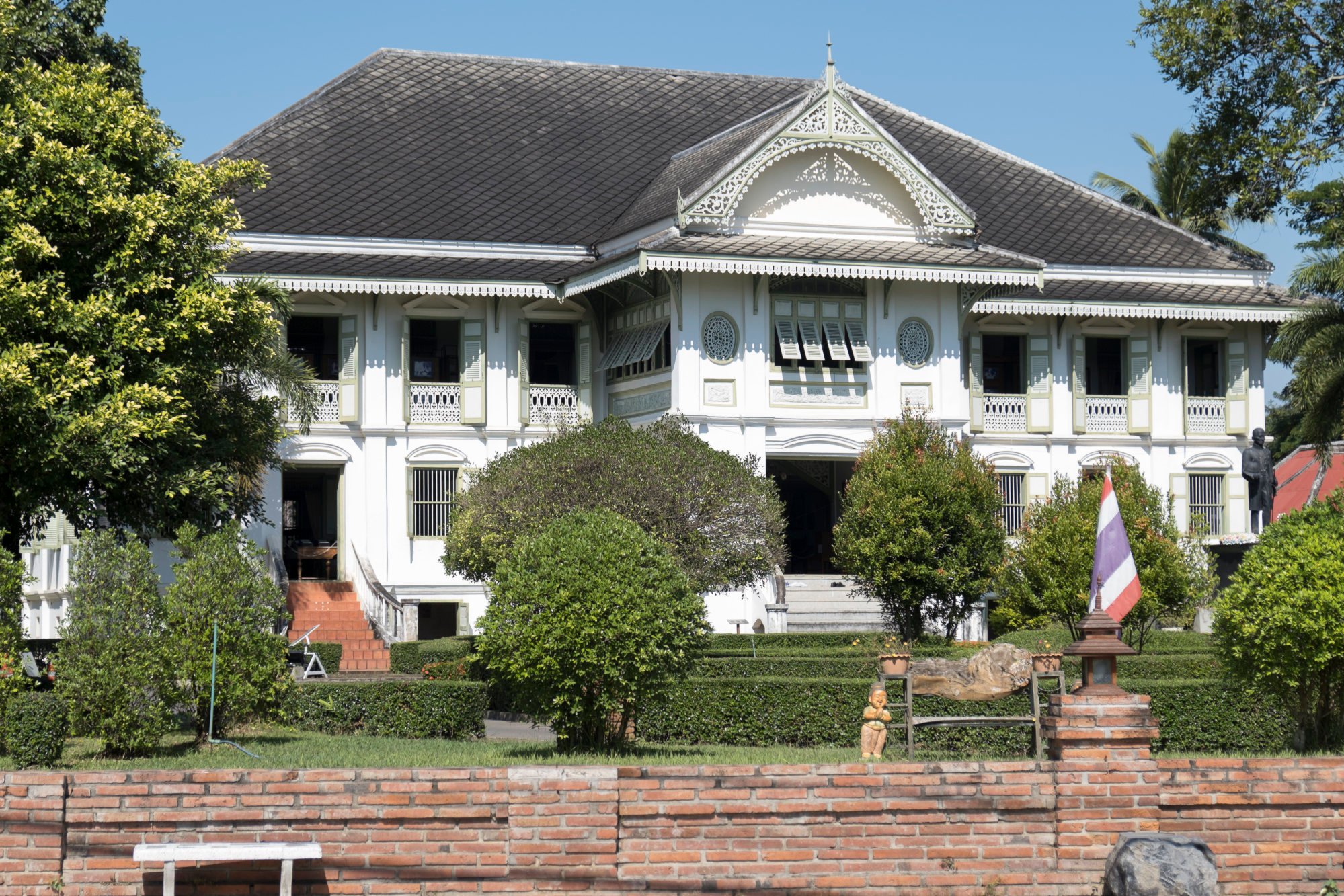
Leaving behind the north of Thailand, I end my teak trail in Bangkok, with a visit to the Dutch East Asiatic Company headquarters on the banks of the Chao Phraya River.
Having belonged to one of the smaller logging firms, its crumbling facade recalls a time of tacit alliances and competing ambitions – an era that is likely to be unknown to passers-by on tour boats.
With the expiration of the European concessions, in 1954, local companies took over the leases. Because of overexploitation of the forests, and consequent yearly flooding, logging was finally outlawed in 1989. These days teak is protected, and, as such, has become prohibitively expensive.
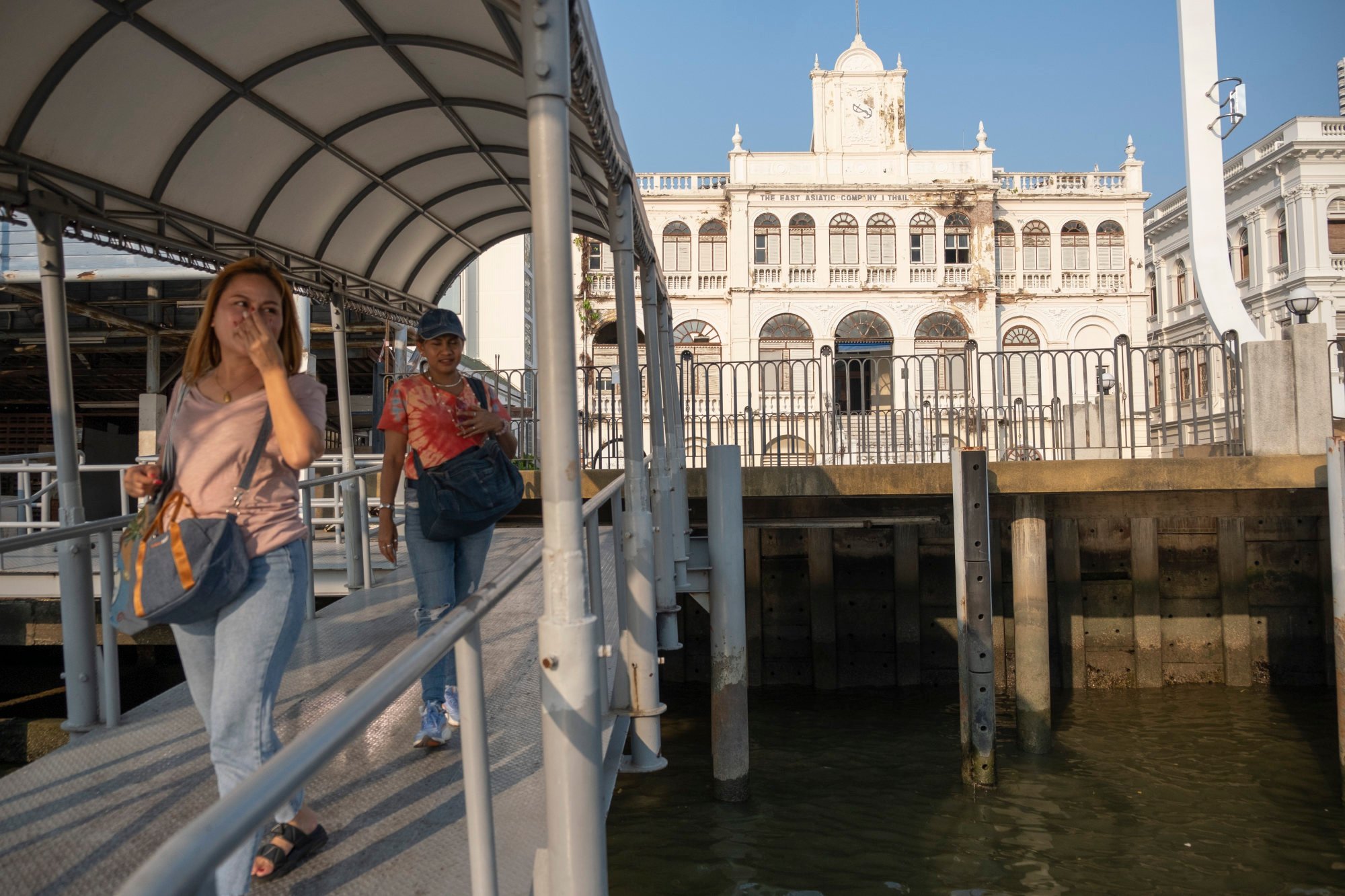
The trade, which lasted for more than 100 years, forever changed the landscape and ecology of northern Thailand. It also necessitated the building of roads and railways, while its profits helped fund the building of schools, hospitals and universities.
Although the teak forests may be gone, it is partly through their destruction that the modern Thai nation was built.

